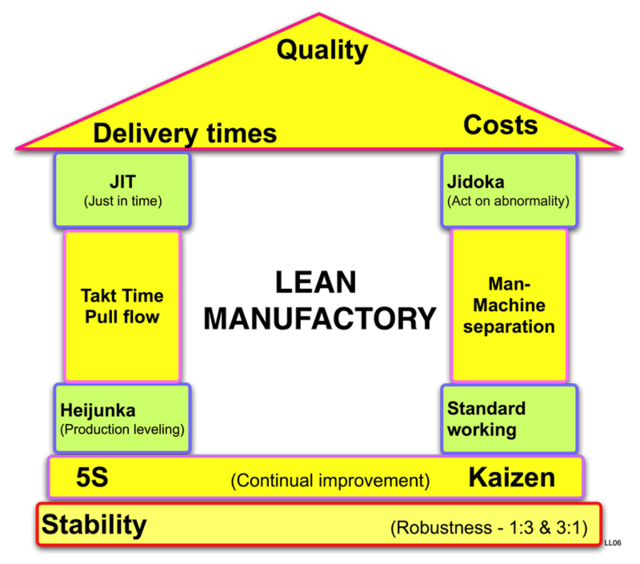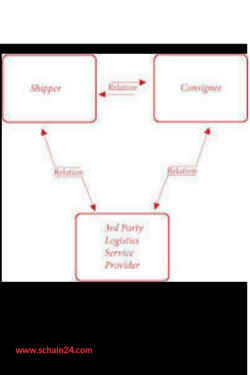Introduction:
In international trade, exports refer to sales of goods and services as they are produced in the home country to export to other markets, which are parts of the global supply Chain. Commercial exports require the involvement of customs authorities by both countries. Amazon, e-bay, DHL etc. internet based companies usually handle comparatively smaller cargo volumes at a time.
The Nature of an Export:
In the export trade, goods and services are sold and shipped out of the jurisdiction of the country and customs authorities. They are usually shipped in commercial terms and comparatively bigger quantities. But there are other forms of export also, where small cargo and packages shipped by worldwide internet based companies like Amazon, e-bay, Alibaba group (a Chinese e-commerce company) etc. But customs jurisdiction needs to be followed by exporters. Supply Chain Managers and economists are always having debates about the macroeconomic benefits and risks. Sometimes, local industries are harmed by foreign competition.
National Regulations:
It is necessary that national regulations and regulatory bodies needed to control trade and export of a country. For instance, the Bangladesh export related promotional and regulatory actions are taken by Export Promotion Bureau, Bangladesh. For Canada, it is Canadian Export and Import Controls Bureau.
Trade, strategic and tariff barriers of export:
Sometimes government regulations, policies either stimulate or regulate some of the export items. Governments do it based on specific products. Some International agreements work as trade barriers. Archeological artifacts, nuclear supplies, missile technology etc. are limited by international agreements. Tariff or taxes are imposed by governments for imported or exported goods. For protecting indigenous products governments are seen to do this. We usually see that some countries allow tax benefits to developing countries throw GSP facility. It is nothing but helping the developing countries in export trade and industrialization, on the other hand, they regulate some products to enter their country at a lower price.

Export strategy:
To define export strategy, we can say that it is nothing but the event of commodities shipped in a supply chain to another place(s) or countries for consumption by the customer(s).
In economies, it is shipment to another country as a part of a sales agreement. For a supply chain of a company, it is an assessment of export readiness and gap analysis if need further change and development. Also, the export readiness of a commodity. Externally, it is finding target markets in countries and major trade channels. And, considering delicate issues related to advertising, pricing, volumes, transportation, partnership etc. which may increase supply chain surplus.
Conclusion:
Supply Chain Managers and the CEO need to check and decide regarding supply Chain Surplus. Then, proceed for export decisions. Export readiness is also very critical issue for a company and the supply chain as a whole.





i like the way you explain everything to us in a normal way,,,
keep up this hard work
Hi,
Hi,
Good day!
Will send all the new post to you.
Thanks,
Ikram